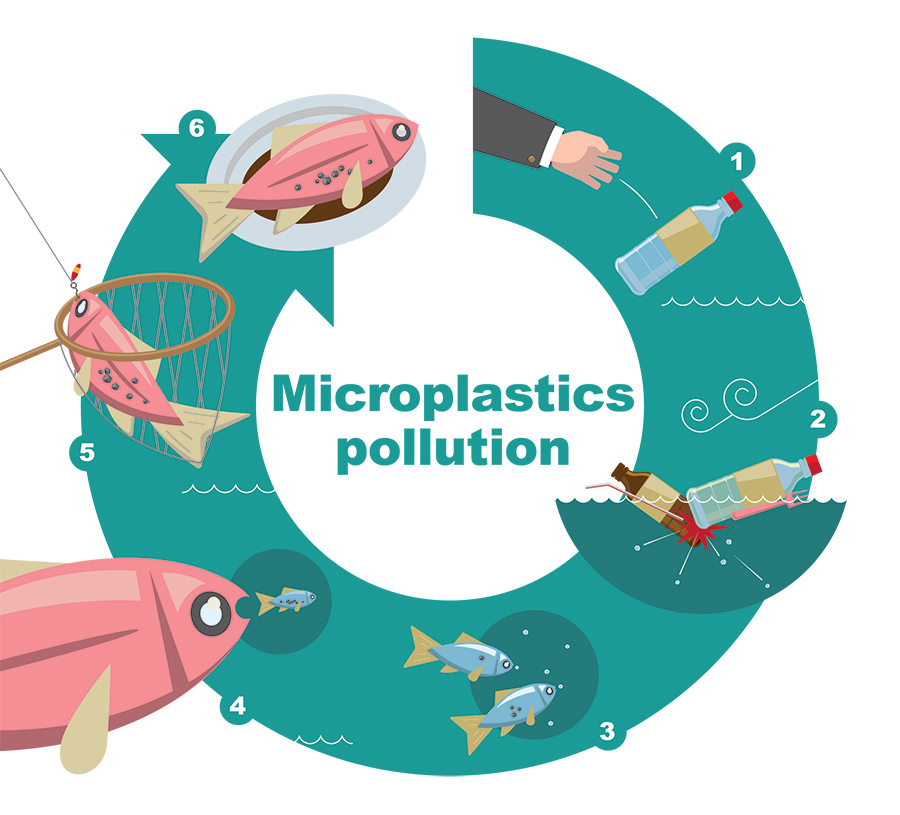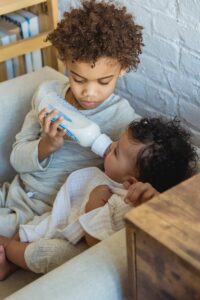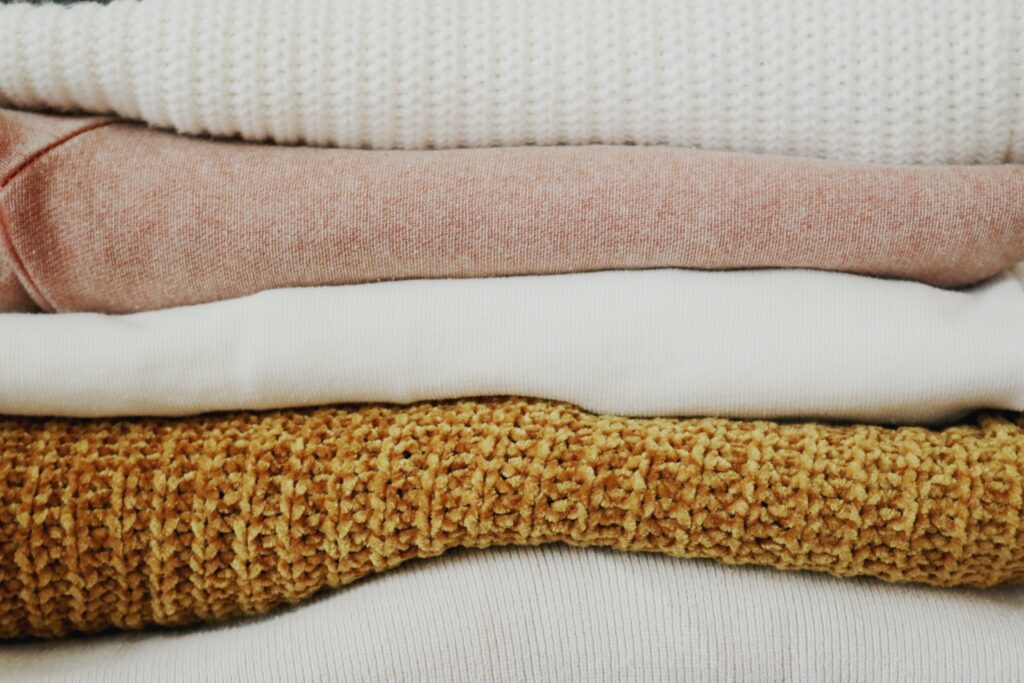In a world increasingly filled with plastic, microplastic have become a growing concern for parents and caregivers.
These minuscule particles, often invisible to the naked eye, have infiltrated our environment in countless ways. For readers of www.healthierbabytoday.com, understanding the implications of microplastics on infants and toddlers is crucial.
This article explores the unseen world of microplastics, their potential impact on young children, and practical steps to minimize exposure.
The Microplastic Conundrum
The Breakdown of Microplastics!
– Healthier Baby Today


The Cycle of Microplastic Pollution!
– Healthier Baby Today
Defining Microplastics
Microplastics are tiny plastic particles, typically smaller than 5mm. They originate from various sources, including the breakdown of larger plastics and microbeads in personal care products.
Their small size allows them to pervade the environment quickly.
The Scale of the Problem
The presence of microplastics is startling. They’ve been detected in the most unlikely places – from the peaks of mountains to the depths of the oceans and even in the air we breathe.
For infants and young children, who interact with their environment differently than adults, the risk of exposure is heightened.
Microplastics and Infant Health

Unique Vulnerabilities
Infants and toddlers are vulnerable to environmental hazards. Their developing bodies are more susceptible to the toxic effects of microplastics and the chemicals they carry.
Exposure Pathways
- Feeding: Microplastics can leach into formula through plastic bottles and containers.
- Toys: Many children’s toys are made of plastic and can release microplastics, especially when chewed or roughly handled (As children/toddlers do).
- Indoor Environment: Microplastics in household dust can adhere to pacifiers, teething toys, and other objects babies commonly put in their mouths.
Strategies for a Microplastic-Safe Environment
From the products we use to care for our babies to the environment we create at home, each decision plays a role in shaping a microplastic-safe space. This section offers practical strategies and tips to minimize microplastic exposure, ensuring a healthier living space for our little ones.
Conscious Consumer Choices
- Selecting Baby Products: Opt for baby products, toys, and utensils made from natural materials. Glass and stainless steel are safer alternatives for feeding bottles.
- Eco-friendly Toys: Choose toys made from organic, non-plastic materials to reduce the risk of microplastic exposure.
Creating a Safer Home
- Regular Cleaning: Frequent vacuuming and dusting can reduce the collection of microplastics in the home.
- Air Quality: Using air purifiers with HEPA filters can help capture microplastic particles in the air.
Diet and Nutrition
- Breastfeeding: Whenever possible, breastfeeding is a natural way to reduce reliance on plastic bottles and containers.
- Food Choices: Preparing homemade baby food using fresh, organic ingredients can minimize exposure to plastics used in packaged foods.
Embracing Natural Fabrics and Materials
Learn More with Healthier Baby Today

In addition to toys and feeding equipment, the textiles and materials we use around our babies can be a source of microplastic exposure. Clothing, bedding, and even diapers often contain synthetic fibers that can shed microplastics. Opting for natural fabrics like organic cotton, bamboo, or wool for baby clothing, bedding, and cloth diapers can significantly reduce this risk.
These materials are not only safer in terms of microplastic exposure but also tend to be gentler on a baby’s sensitive skin. Furthermore, using natural cleaning products and detergents free from plastic microbeads or synthetic fragrances can further ensure a healthier environment for your baby.
Advocacy and Awareness

Community Action
- Education and Sharing: Sharing information with other parents and caregivers can raise collective awareness about the risks of microplastics.
- Supporting Policies: Advocate for policies that restrict the use of plastics in children’s products and promote environmental sustainability!
Embracing Research
- Staying Informed: Keeping up with the latest scientific findings on microplastics can empower parents to make informed decisions.
Healthier Baby Today | Putting Your Families Health First
Navigating the microplastic maze is complex, especially when protecting our youngest and most vulnerable.
By understanding the risks, making mindful choices, and advocating for a cleaner, safer environment, we can take significant steps toward ensuring a healthier future for our babies.



